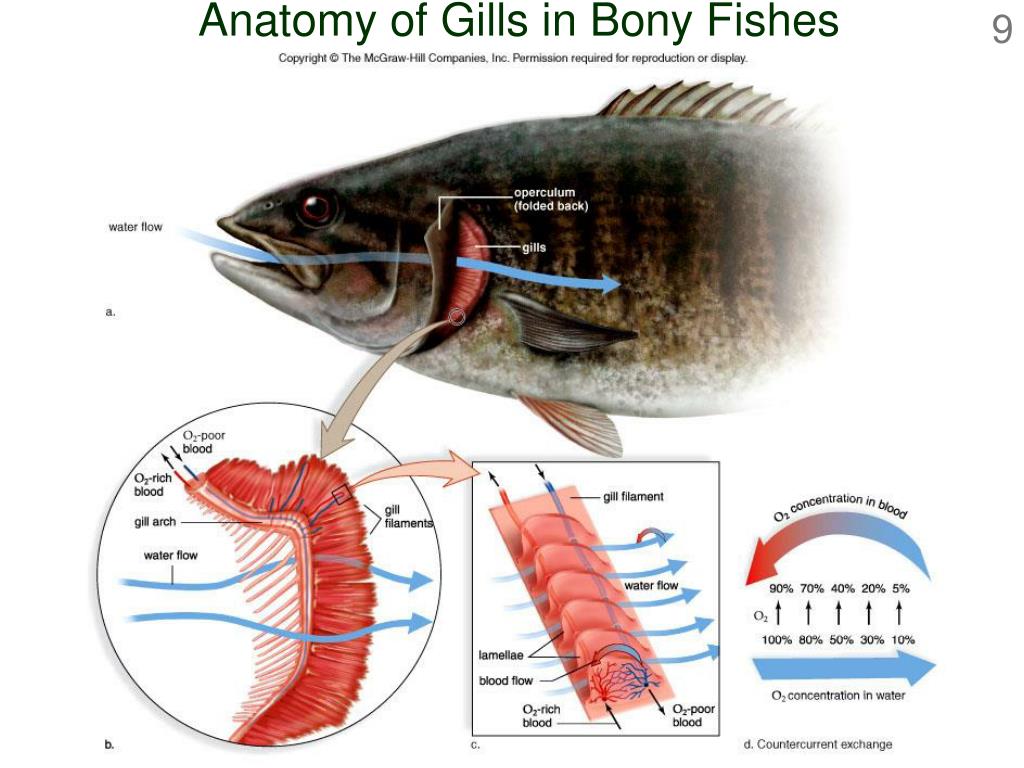Fish Gills Large Surface Area
Fish Gills Large Surface Area. Lamellae (primary and secondary) give the gill a large surface area increasing the rte of diffusion and therefore gas exchange. Why are fish gills rich in blood?

The large surface area of the blood capillaries in each gill filament. The large surface area of the gills. We consider the convective oxygen transfer that occurs in fish gills.
The Filaments And Lamellae Give Gills A Large Surface Area:volume Ratio, Increasing The Efficiency Of Diffusion Of Gases Between The Water And The Blood By Allowing More Particles To Diffuse At Any.
Describe the features of fish gills that give them a large surface area (gills have) lamellae on filaments; The gills of a fish are efficient at gas exchange as they have a large surface area with each lamellae. The large surface area of the gills the large surface area of the blood capillaries in each gill filament the short distance required for.
We Consider The Convective Oxygen Transfer That Occurs In Fish Gills.
Just so, how are gills and lungs different? Gills in fish exchange of gases in fish is very efficient because of: Within the gills, there are four gill arches which are each lined with thin filaments to increase the surface area.
As Water Passes Over The Thin Walls Of The Gills, Dissolved Oxygen Moves Into The Blood And Travels To The Fish's Cells.
What is the physiology of gas exchange in fish? Fish gills are made up of thin plates called gill filaments, which are covered in structures called lamallae.both the gill filaments and lamellae provide a large surface area for gaseous exchange, increasing the efficiency of diffusion.the lamellae have many blood capillaries and a thin surface layer of cells (or epithelium), this means there is a short diffusion distance.the blood flows. For any exchange mechanism the larger the surface is the faster the rate of diffusion.
Because The Gills Provide A Large Surface Area To Exchange Oxygen So They Can Breathe.
This ensures there is always a steep concentration gradient for oxygen to diffuse from the water into the blood. Smaller secondary lamellae are offshoots of the primary filaments. The lamellae are basically collections of blood vessels sandwiched between two sets of membranes.
Beaks Of Galápagos Finches Have Sizes And Shapes That Correlate With The Type Of Food Each Species Eats.
In the countercurrent exchange system of fish gills, a) blood and water flow in the same direction. Large beaks are used to crack large seeds; The gill filaments of bony fishes are also called primary lamellae. 2 they are intricate structures that have a large surface area.
Post a Comment for "Fish Gills Large Surface Area"